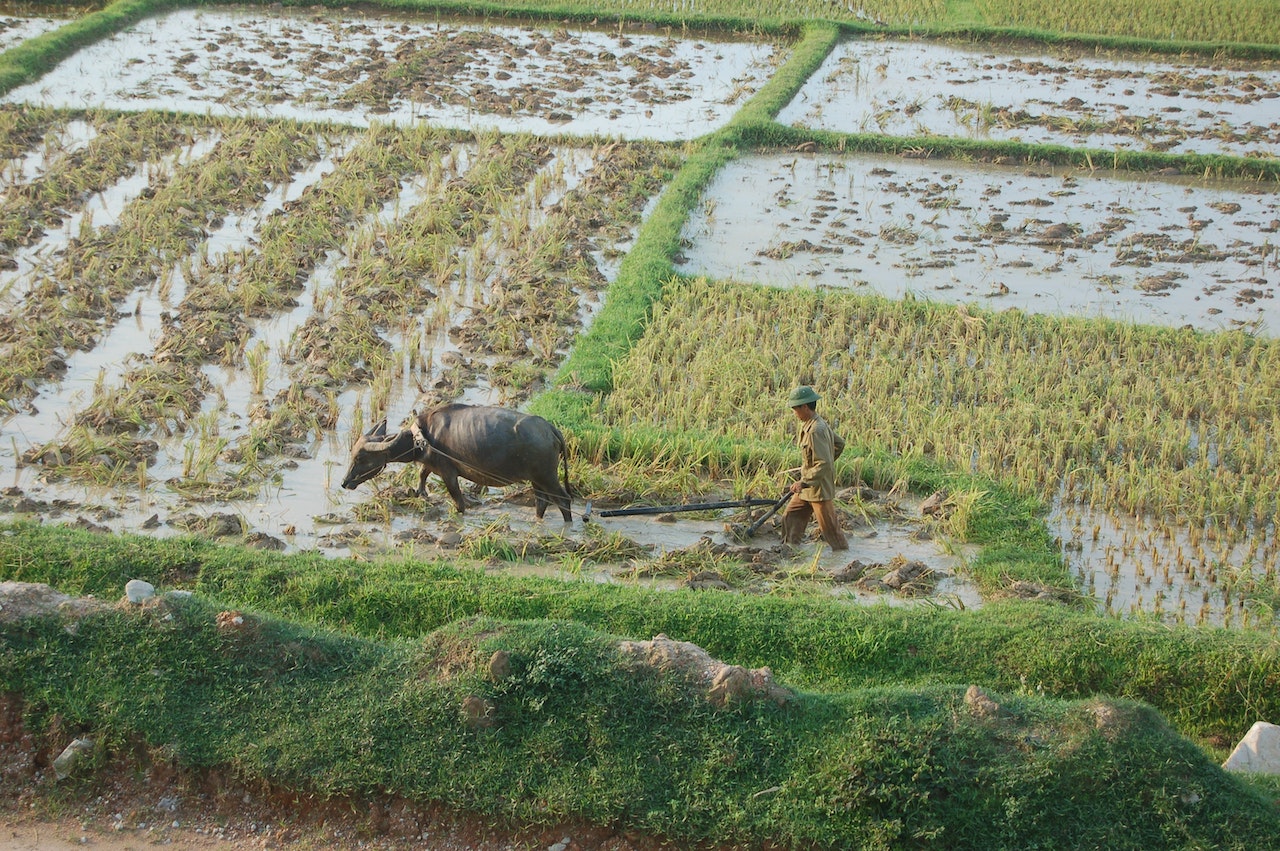Benefits of Rainwater Harvesting For Gardening

Rainwater harvesting is a beneficial technique for gardening because it can keep the soil moist and irrigated. It also helps to solve drainage problems and pollution control. For more information, read this article.
Water quality
Rainwater harvesting is an effective way to collect rainwater. This water can be used for various purposes, including bathing, cooking and irrigation. However, its quality depends on the surrounding environment.
Before using collected rainwater, it must be purified. This is possible through chemical disinfection or flocculation. Other methods include boiling or filtration. It can also be stored for later use.
A study was carried out to assess the quality of harvested rainwater. The collected water was tested for several parameters, including turbidity, total coliform, pH, BOD5, lead and NH3-N. Although the turbidity level was below the standard, the other parameters were in the range of acceptable limits.
Some rainwater is mixed with other materials, such as minerals, dissolved chemicals or viruses. These contaminants may be harmful to humans. Water-soluble paints are another source of contamination.
Ideally, rainwater is free of minerals. However, it may carry chemicals, viruses, bacteria and parasites. In addition, it can be contaminated by impermeable surfaces such as buildings and motor vehicles.
Pollution control
Rainwater harvesting for gardening is a great way to conserve water while protecting the environment. It is an old concept, but one that is still being used around the world. This practice was once the primary means of obtaining water for domestic use, but new technology and regulations have sparked renewed interest in this water saving trick.
The rain-on-water effect is a simple phenomenon whereby rainwater accumulates over a surface, such as a roof. While this is beneficial in a number of ways, it also provides an opportunity for contaminants to collect. These pollutants include metals, oil, fuel, sediment, plant debris, pesticides, and bacteria.
Depending on the composition of the surfaces on which the rainwater accumulates, these pollutants are removed in a number of ways. Some examples include soil adsorption, vegetative filtering, transpiration, and the proper use of fertilizers and pesticides.
In a pinch, rainwater can be channeled to a deep well for a slow recharging of groundwater. Using a rainwater harvesting system can be an ideal solution, particularly for homeowners.
Drainage problems
If you have a yard or garden with drainage problems, you’re not alone. This is a common problem, especially in newer homes that don’t have any downspouts.
Luckily, there are several solutions to fixing the problem. You can choose to fix it yourself or hire a professional. Before you begin, it is important to get a good understanding of what is causing your drainage issues. Once you know what is causing the problem, you can be more effective in solving the issue.
For example, if you have a clay soil that is heavily compacted, you’re probably experiencing drainage problems. To correct the problem, you can try adding organic matter to the soil to improve its structure.
Another solution to water drainage problems is to install a rainwater harvesting system. This will help you to collect and store water to use for your garden. It can also help you save money.
When it comes to landscaping, you want to find the best possible drainage solutions. This includes not only relocating your garden beds, but also making sure that your downspouts are properly installed.
Planting a rain garden to absorb the overflow
Planting a rain garden is an effective water filtration system that can help reduce the amount of pollutants in stormwater. Rain gardens are also useful for reducing local flooding.
Before building a rain garden, you should consider several factors. First, you need to choose a location. Consider where your home sits on the lot and the surrounding landscape. Then, you need to think about sight lines and setbacks.
Another consideration is the type of plants you want to include. You should choose plants that are drought tolerant or native. This will reduce maintenance and enable the plant to adapt to the weather conditions in your area.
If you plan to plant a rain garden, you should do some research to determine which plants will grow well in your region. There are many websites that can give you lists of plants that are suitable for different types of soil.
A rain garden is a shallow, low-lying garden that allows water to soak into the soil. In order to capture and filter the water, the soil must be amended. Adding compost and mulch can enhance the water holding capacity of the soil.